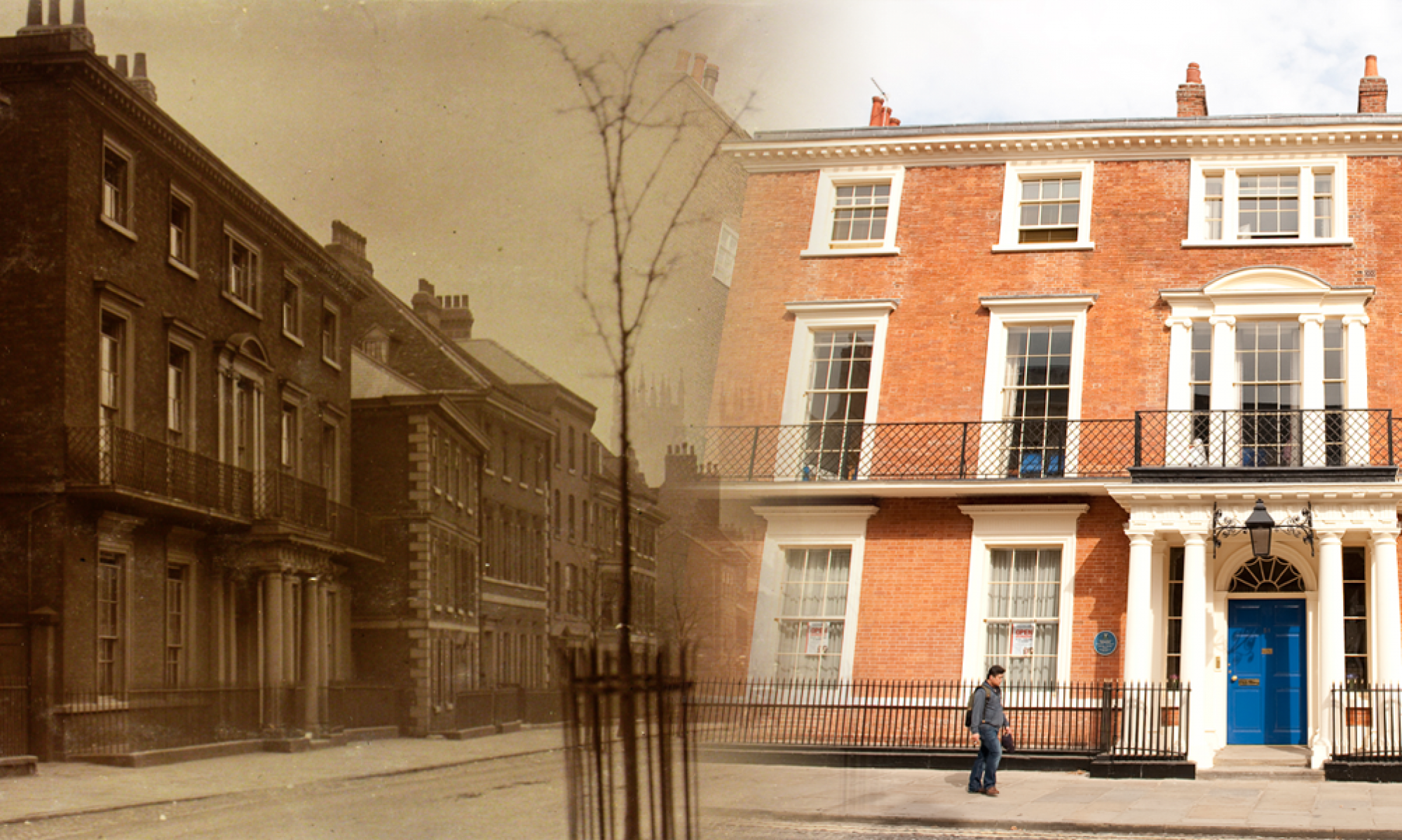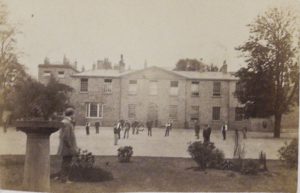REASONS FOR ENLISTMENT.
DEAR SIR,—It has been suggested that it would serve a useful public purpose if we could discover the real reasons why men have enlisted, and perhaps classify the answers. Thus :—
1 . CONSCIENTIOUS.—Men who have studied European history, who have travelled widely, who speak several foreign languages, who are conversant with the work of The Hague Peace Conferences. Self-critical, demanding both sides of a case before they act.
2. LOYAL.—Responsive to calls for help. Ready to defend the weak against the strong. Prompt to pay debts they have themselves contracted. Serious-minded men, who have no hesitation in supporting a cause obviously just. They support their country because their country seems loyal to greater causes.
3. PATRIOTIC.—Men who admit their own ignorance and are not conversant with the details of the real issues at stake, but who are willing to sacrifice themselves for what they are told is their country’s good without considering whether this is also good for other countries. My country right or wrong.
4. ADVENTURE.—Men who are young, healthy and energetic, fond of travel, sport and shooting animals, but who have not had many other opportunities of Continental travel.
5. EXAMPLE.—Men who don’t think for themselves, who join ” pals ” battalions because everybody’s doing it, men unable to endure isolated action. Theirs not to reason why.
6. ECONOMIC.—Men discharged from other occupations, with no resources or alternatives, driven to enlist by necessity (the economic pressgang) in order to get a living, not cowards, but perhaps quite content as long as they need not fight.
7. ESCAPE.—Men who wish to get away from home conditions, away from wife, from debt, from arrest for crime. Men wanting a cheap divorce or leaving on account of the girl left behind.
8. BARBARIC.—Mere bloodthirstiness or homicidal mania and a general desire to break bounds.
Let us hope no old Bootham boys come into groups 7 and 8. But what are the numbers in the other groups?
Yours truly, HUGH RICHARDSON.
February 11th, 1915
Hugh Richardson is likely to have been the Hugh Richardson who was at Bootham between 1875 and 1880, and taught science at the school between 1897 and 1914. His letter was printed in ‘Bootham’ magazine, Volume VII, March 1915.



